Key Technologies in Water Monitoring
- Multiparameter Sensors: Measure multiple indicators (pH, turbidity, temperature, conductivity, and dissolved oxygen) simultaneously, providing a holistic view of water quality.
- Spectrophotometers: Analyze chemical components in water by measuring light absorption at specific wavelengths—suitable for both field and lab applications.
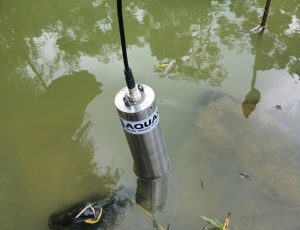 Ion-Selective Electrodes (ISEs): Detect specific ions such as fluoride, nitrate, and ammonia, essential for evaluating both potable and wastewater.
Ion-Selective Electrodes (ISEs): Detect specific ions such as fluoride, nitrate, and ammonia, essential for evaluating both potable and wastewater.- Microbial Sensors: Identify pathogens like E. coli and coliforms, ensuring biological safety.
- IoT-Based Systems: Enable wireless data transmission, real-time alerts, and dashboard-based monitoring from remote locations.
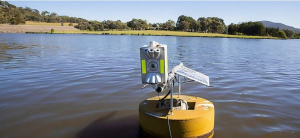 Digital Integration and Real-Time Monitoring
Digital Integration and Real-Time Monitoring
Modern systems are increasingly cloud-based and integrated with GIS platforms and mobile apps. This allows for:
- Real-time data access and visualization
- Remote configuration and system updates
- Automated alerts in case of threshold violations
- Data-driven decision-making for water safety and infrastructure development
These features contribute significantly to transparent governance, public health protection, and smart city planning.
Test Procedure for Water Quality Monitoring
- Installation & Configuration: Deploy instruments in pipelines, reservoirs, or open water bodies; configure them according to site conditions and monitoring objectives.
- Sensor Calibration: Use certified reference solutions to calibrate each sensor before testing.
- Baseline Evaluation: Expose sensors to clean water samples to establish initial reference values.
- Accuracy Verification: Introduce known chemical concentrations to verify precision and consistency.
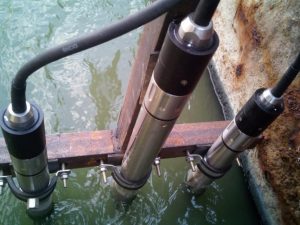
- Environmental Testing: Evaluate system performance under variable temperature, pressure, and flow conditions.
- Response Time Check: Assess how quickly sensors respond to sudden changes in water quality.
- Long-Term Stability Monitoring: Ensure consistent data output over extended operation periods.
- Data Transmission Test: Validate wireless/wired connectivity and cloud syncing functionalities.
- Alert System Validation: Simulate contamination events to ensure alarms and notifications function correctly.
- System Validation and Reporting: Compile test data, compare with lab benchmarks, and finalize system documentation for deployment.
Impacts and Outcomes
Water quality monitoring provides critical data on physical, chemical, and biological parameters. It helps detect pollutants such as heavy metals, pesticides, microbial agents, and industrial chemicals. These insights are essential for:
- Protecting public health
- Managing wastewater discharge
- Complying with environmental regulations
- Preserving aquatic ecosystems
- Informing infrastructure planning and resource allocation
Advantages of Real-Time Water Monitoring
- Guarantees access to clean drinking water.
- Enables early warning systems for contamination.
- Ensures regulatory compliance.
- Reduces environmental and public health risks.
- Enhances transparency and accountability in water governance.
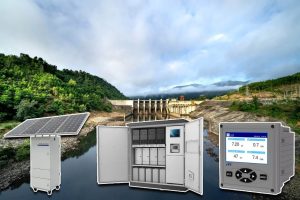
Future Trends in Water Quality Monitoring
- AI and Predictive Analytics: Machine learning will forecast contamination events and enable smarter resource planning.
- Satellite and Drone Integration: Combining remote sensing with ground data for large-scale water body monitoring.
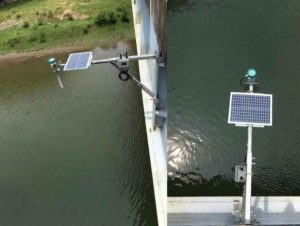
Access to clean water is fundamental to health, development, and environmental sustainability. Advanced water quality monitoring systems are reshaping how we manage this resource—offering timely, accurate, and actionable insights. As technologies evolve, these systems will play an even more crucial role in ensuring safe water for all, especially in regions vulnerable to pollution and climate stress. Their integration with digital platforms ensures that water quality management becomes smarter, faster, and more responsive in the years ahead.

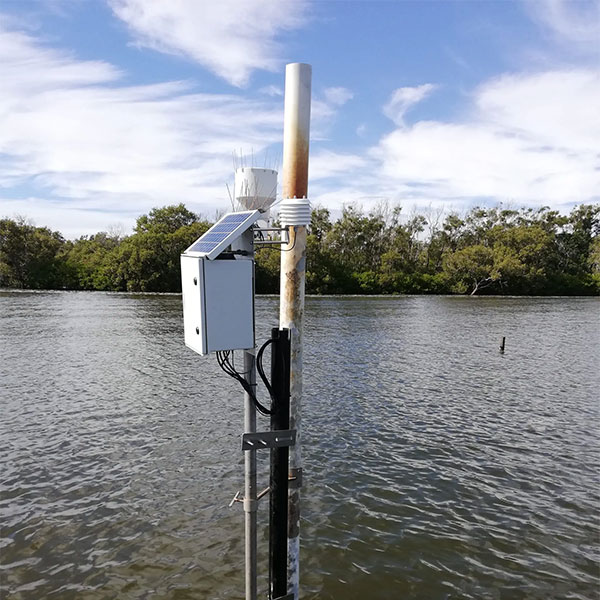
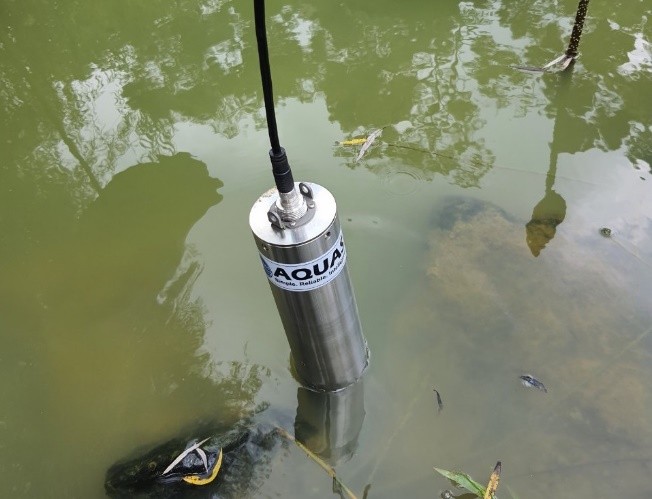
 Ion-Selective Electrodes (ISEs): Detect specific ions such as fluoride, nitrate, and ammonia, essential for evaluating both potable and wastewater.
Ion-Selective Electrodes (ISEs): Detect specific ions such as fluoride, nitrate, and ammonia, essential for evaluating both potable and wastewater. Digital Integration and Real-Time Monitoring
Digital Integration and Real-Time Monitoring


